Financial data hints of an economy in crisis
By all indications, Nepali economy is inching towards a crisis. The Nepal Rastra Bank (NRB) recently published the country’s current macroeconomic and financial status based on the first nine months’ data for the fiscal 2021/22. It says consumer inflation in this time inched up to 7.28 percent, imports increased by 32 percent while exports got a 69.4 percent boost (from a much lower base).
Similarly, remittances dropped by 0.6 percent, balance of payments remained at a deficit of Rs 268.26bn, and gross foreign exchange reserves stood at $9.61bn. The federal government spending amounted to Rs 794.26bn and the revenue collection stood at Rs 789.26bn. Here are the details:
Inflation
-
Consumer price inflation stood at 7.28 percent in March/April compared to 3.10 percent the same time a year ago. Food and beverage inflation was at 7.40 percent, whereas non-food and service inflation was 7.18 percent in the review months. Average inflation was 5.62 percent.
-
Under the food and beverage category, the prices of ghee and oil, milk products and eggs, pulses and legumes, and tobacco products subcategories rose by 28.36 percent, 11.56 percent, 10.53 and 8.91 percent respectively in a year-on-year basis. Likewise, under the non-food and services category, the prices of transport, education, and miscellaneous goods and services sub-categories rose by 20.16 percent, 8.79 percent and 8.17 percent respectively.
Foreign trade
-
Intermediate and final consumption goods accounted for 47.2 percent and 52.7 percent of the total exports respectively, whereas the ratio of capital goods in total exports remained negligible in the review period. At the same period of the previous year, the ratio of intermediate, capital and final consumption goods stood at 31.8 percent, 0.5 percent and 67.7 percent of total exports respectively.
-
On the import side, the share of intermediate goods stood at 53.2 percent, capital goods at 10.5 percent and final consumption goods at 36.3 percent in the review period. The respective ratios were 53.4 percent, 11.7 percent and 34.8 percent in the same period the previous year.
-
The unit value export price index increased 9.9 percent and the import price index increased 17.6 percent. The terms of trade index decreased 6.5 percent in the review months compared to a decrease of 3.2 percent a year ago.
-
Remittance inflows decreased 0.6 percent to Rs 724.74bn in the review period against an increase of 16.5 percent in the same period of the previous year.
-
Net transfer decreased 0.7 percent to Rs 808.92bn in the review period. Such a transfer had increased 14.4 percent in the same period of the previous year.

Foreign exchange reserves
-
Gross foreign exchange reserves decreased 16.5 percent to Rs 1.16trn in mid-April 2022 from Rs 1.39trn in mid-July 2021.
-
Of the total foreign exchange reserves, reserves held by the NRB decreased 17.9 percent to Rs 1.02trn in mid-April 2022 from Rs 1.24trn in mid-July 2021. Reserves held by banks and financial institutions (except NRB) decreased 5.1 percent to Rs 146.48bn in mid-April 2022 from Rs 154.39bn in mid-July 2021. The share of Indian currency in total reserves stood at 24.3 percent in mid-April 2022.
Expenditure and revenue
-
The total expenditure of the federal government stood at Rs 794.26bn. The recurrent expenditure, capital expenditure, and financial expenditure amounted to Rs 625.5bn, Rs 103.79bn and Rs 64.97bn respectively in the review period.
-
In the review period, revenue mobilization (including the amount to be transferred to provincial and local governments) stood at Rs 789.26bn. The tax revenue and non-tax revenue amounted to Rs 727.79bn and Rs 61.47bn respectively.
-
The federal government mobilized Rs 105.47bn domestic debt including Rs 50bn treasury bills, Rs 54.5bn development bonds and Rs 0.97bn citizen saving certificates.
-
Balance in various government accounts maintained with the NRB was Rs 333.08bn (including provincial government and local authorities account) in mid-April 2022 compared to Rs 200.18bn in mid-July 2021.
Deposit mobilization
-
Deposits at Banks and Financial Institutions (BFIs) increased 5.1 percent in the review period compared to an increase of 13.7 percent in the corresponding period of the previous year. Deposits at BFIs expanded 12.2 percent in mid-April 2022.
-
The share of demand, saving, and fixed deposits in total deposits stands at 8.7 percent, 28.7 percent, and 56.1 percent respectively in mid-April 2022. Such shares were 8.5 percent, 35.1 percent, and 48.2 percent respectively a year ago.
-
The share of institutional deposits in total deposits of BFIs stands at 38.6 percent in mid-April 2022. Such a share was 41.7 percent in mid-April 2021.
Refinance
-
The amount of refinance provided by the NRB stood at Rs 116.9bn in mid-April 2022.
-
As of mid-April 2022, the concessional loan is Rs 216.06bn extended to 145,693 borrowers. Of which, Rs 138.84bn has been extended to 59,931 borrowers for selected commercial agriculture and livestock businesses.
Interest rates
-
The weighted average 91-day treasury bills rate was 7.58 percent, which was 2.76 percent a year ago. The weighted average inter-bank transaction rate among commercial banks, which was 2.03 percent a year ago, increased to 6.99 percent in the review period. The weighted average interbank rate of BFIs, which is considered as the operating target of monetary policy, stood at 7 percent in the review period. Such a rate was 2.03 percent a year ago.
-
The average base rate of commercial banks stood at 9.17 percent, which was 6.90 percent a year ago. Weighted average deposit rate and lending rate of commercial banks stood at 7.11 percent and 10.78 percent respectively in the review period. Such rates were 4.79 percent and 8.61 percent respectively a year ago.
Capital Market
-
NEPSE index reached 2415.3 in mid-April 2022 compared to 2714.8 in mid-April 2021.
-
Stock market capitalization in mid-April 2022 stood at Rs 3.42trn compared to Rs 3.75trn in mid-April 2021.
-
The paid-up value of 6.68bn shares listed at NEPSE stood at Rs 658.33bn in mid-April 2022.
-
Securities worth Rs 182.76bn were listed at NEPSE. Such securities comprise government bonds worth Rs 54.5bn, debenture worth Rs 49.16bn, bonus shares worth Rs 47.96bn, ordinary share worth Rs 18.09bn, right share worth Rs 9.31bn, and mutual fund worth Rs 3.75bn.
-
The Securities Board of Nepal approved the total public issuance of securities worth Rs 15.05bn in the review period, which includes debenture worth Rs 4.8bn, ordinary share worth Rs 3.79bn, right share worth Rs 3.46bn and mutual fund worth Rs 3bn.
Source of all data: Nepal Rastra Bank
Based on nine months’ data ending mid-April 2021/22
Vox Pop | First-time voters weigh their options
A total of 137,043 people have filed their candidacies for 35,221 posts in the May 13 local elections: 3,276 for mayor, 2,009 for deputy mayor, 3,264 for chairperson, 2,296 for vice-chairperson, and 32,217 for ward chairperson. Similarly, 23,521 candidacies have been filed for women members, 21,221 for Dalit women members, and 49,239 for ward members. There are 17.7m voters—and 3.6m of them are new ones. There is a great deal of curiosity about the voting preferences of these first-time voters. Pratik Ghimire of ApEx interviewed 10 of them.
Jayanti Thakur, 19
Pipra Rural Municipality, Mahottari
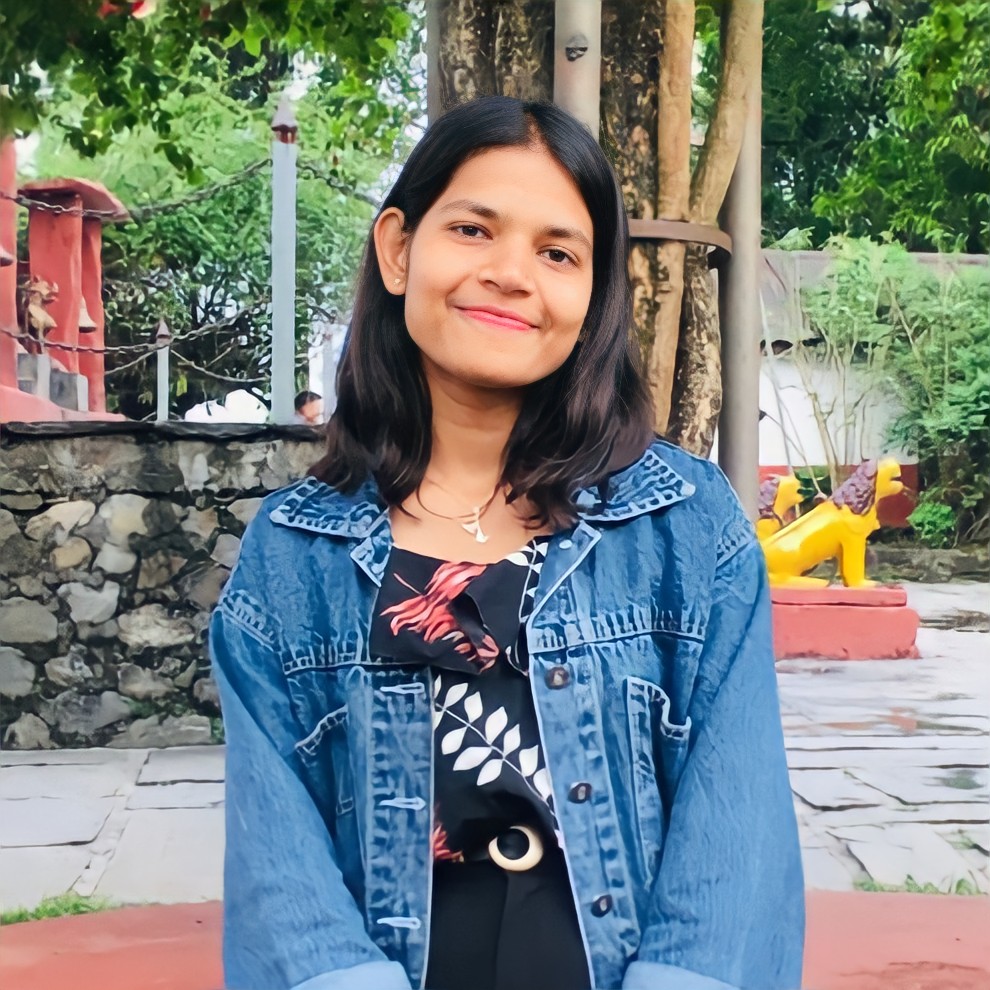
I am under pressure, including from my family, to vote for the candidate of a certain political party. Telling someone to vote against their will is wrong. So I am going to use my right carefully. I will compare all the candidates and vote for the progressive ones. I am particularly focusing on women candidates because they are capable too. It’s just that they are not given the right opportunities by political parties. Women candidates make only 10.4 percent of total candidates this time. It is a shame that our political parties are still not willing to give women the right opportunity to lead.
Kusum Pariyar, 19
Dhulikhel Municipality, Kavre

I am disgusted by Nepal’s political situation. The local level at least should be free of politics because we need representatives who can serve their communities. But the reality is different. The candidates want the mayoral post for their political parties. I haven’t found one good political candidate. A couple of independent candidates look promising, but the chances of them winning are slim. Honestly, I am not very excited about this election.
Kartabya Regmi, 20
Changunarayan Municipality, Bhaktapur
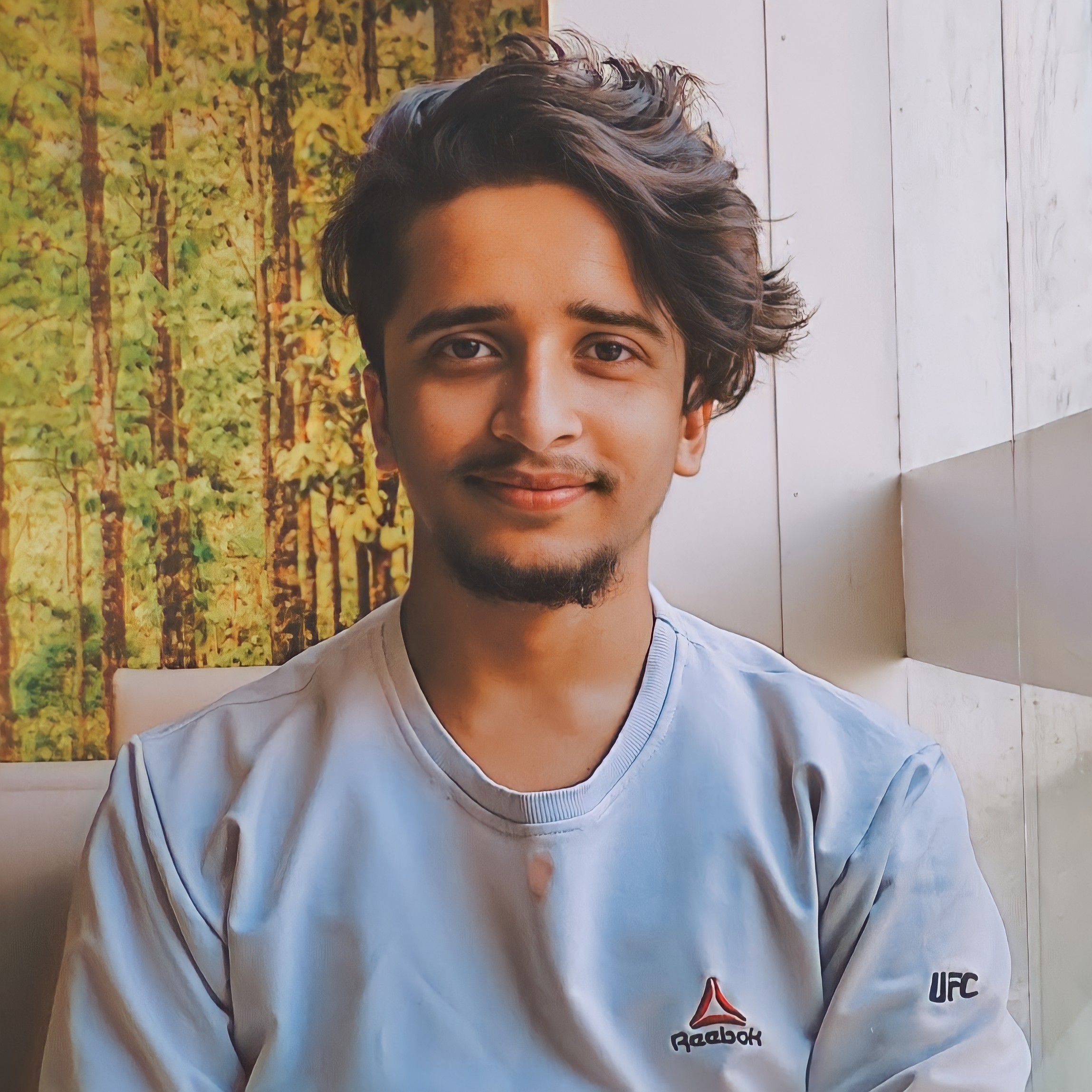
In the 2017 local polls, I went to my municipality’s polling booth with my parents as I wanted to see what voting looks like. I have wanted to vote since that time. Reaching a voting age means that you are now a responsible citizen. So I am excited. Each position in the local government has its own working area, power, and limits that have been beautifully set by our constitution. If elected representatives work within those parameters, I guess our problems will be solved. I will vote based on the strengths of individual candidates, not based on their political affiliations.
Sarishma Kafle, 20
Nijgadh Municipality, Bara

Last month, I took a training session on ‘voter education’. It taught me the importance of voting, and helped me understand my responsibility for the country’s future. I have researched every candidate contesting local elections from my municipality. I want to experience the election atmosphere in my hometown, so I am back here from Kathmandu for the polls. This is an exciting time. Some of my distant relatives are also contesting. I had never talked to them before, but I recently got their calls and they were asking for my vote. It is strange that they want me to vote for them because I am their relative. They didn’t even try to convince me why I should pick them.
Siddhant Paudel, 20
Kushma Municipality, Parbat
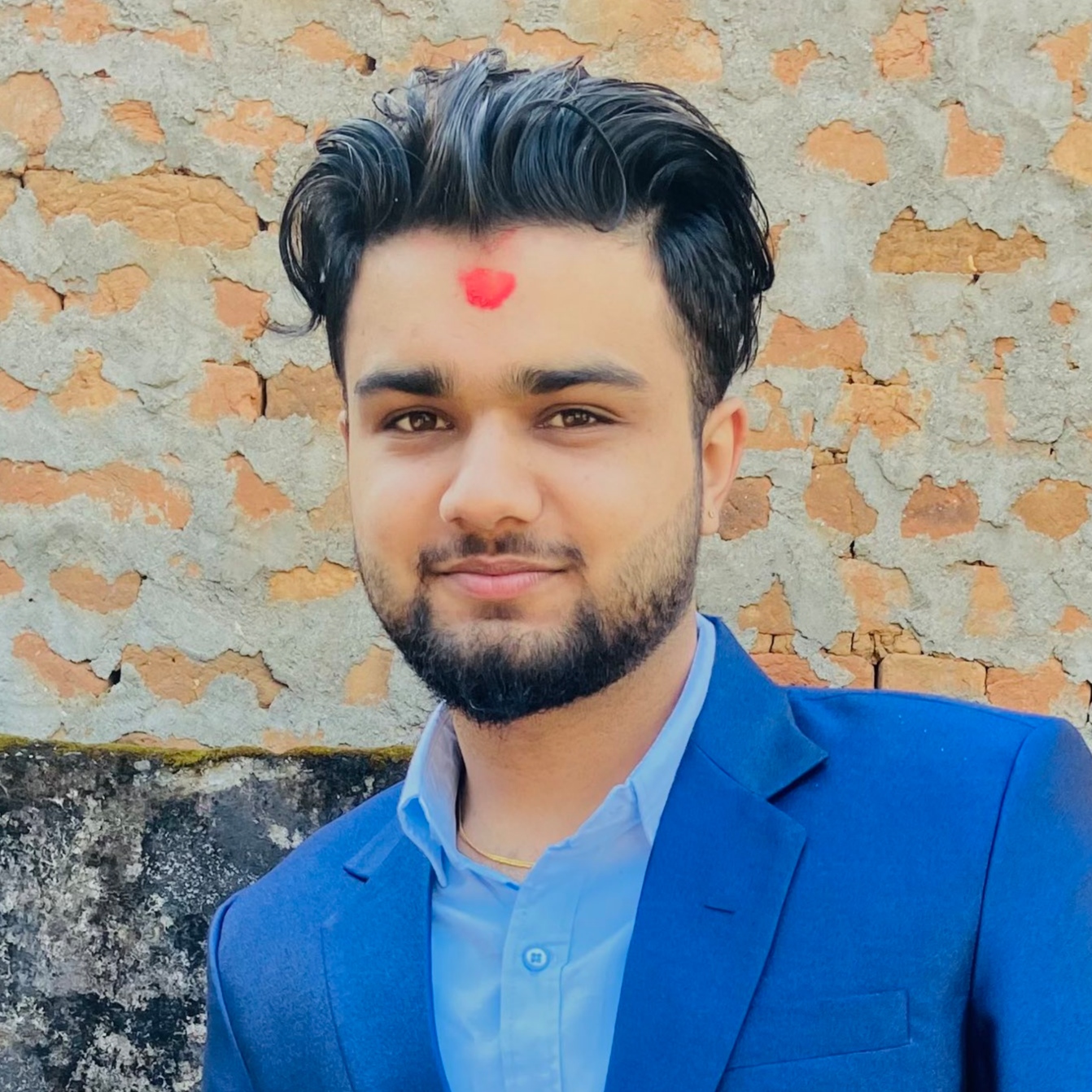
I am excited and nervous at the same time. I am not going to vote for the old, outdated candidates because they have been tried and tested several times and each time they have failed to deliver. I am supporting young candidates. This election is an opportunity to change old ways. Youths should lead at the local level. At the back of my mind, I also think, what if we elect young representatives and they too disappoint in the end? It is such a strange feeling but I am happy that at least I am being a responsible citizen by exercising my franchise.
Aaditya Baniya, 21
Birgunj Metropolitan City, Parsa
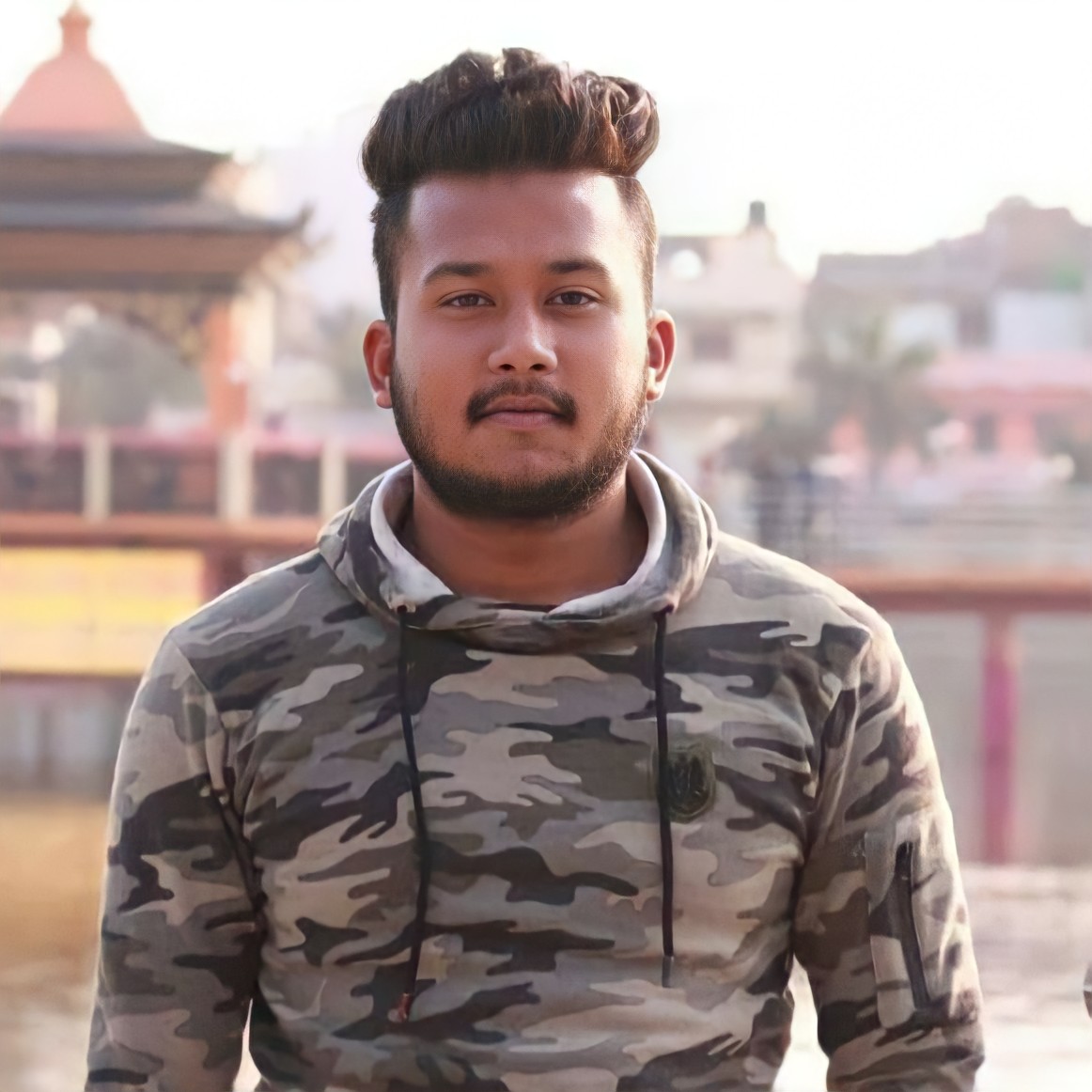
The past five years were a waste of time. During the Covid-19 pandemic, Birgunj had become a coronavirus hotspot, but the work of the local government was dismal. It showed that we were being led by incompetent leaders. I am looking for alternative candidates who can work on smaller but effective agendas like drinking water, transport, waste management, and parking. The big agendas of political candidates are all lies. I will vote for a social reformer who has already worked in my area, even though he may not hold any political position. They care for the community. Candidates fielded by the political parties are with the people only during elections.
Rasil Adhikari, 21
Tarakeshwor Municipality, Kathmandu
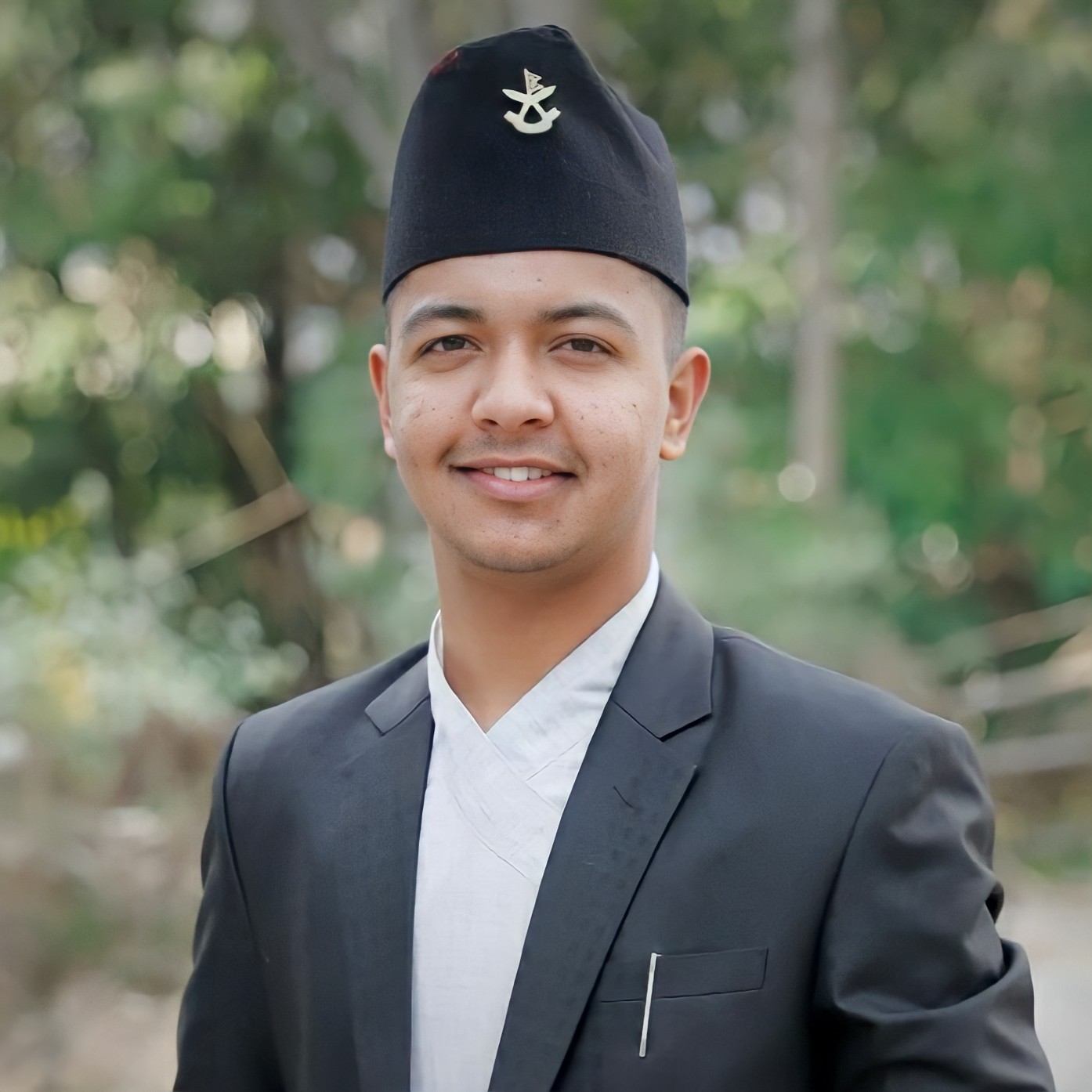
After reaching the legal voting age, I started studying how democracy functions and the value of my vote. There are certain things I want from my candidates. While the majority of the people seem to be motivated by their political allegiance, I am looking at the vision and values that the candidates bring to the table. My single vote may very well get buried among thousands of others, but my wisdom counts as much as anything. I will vote for someone who stands out among the candidates.
Nilesh Niroula, 22
Barahakshetra Municipality, Sunsari
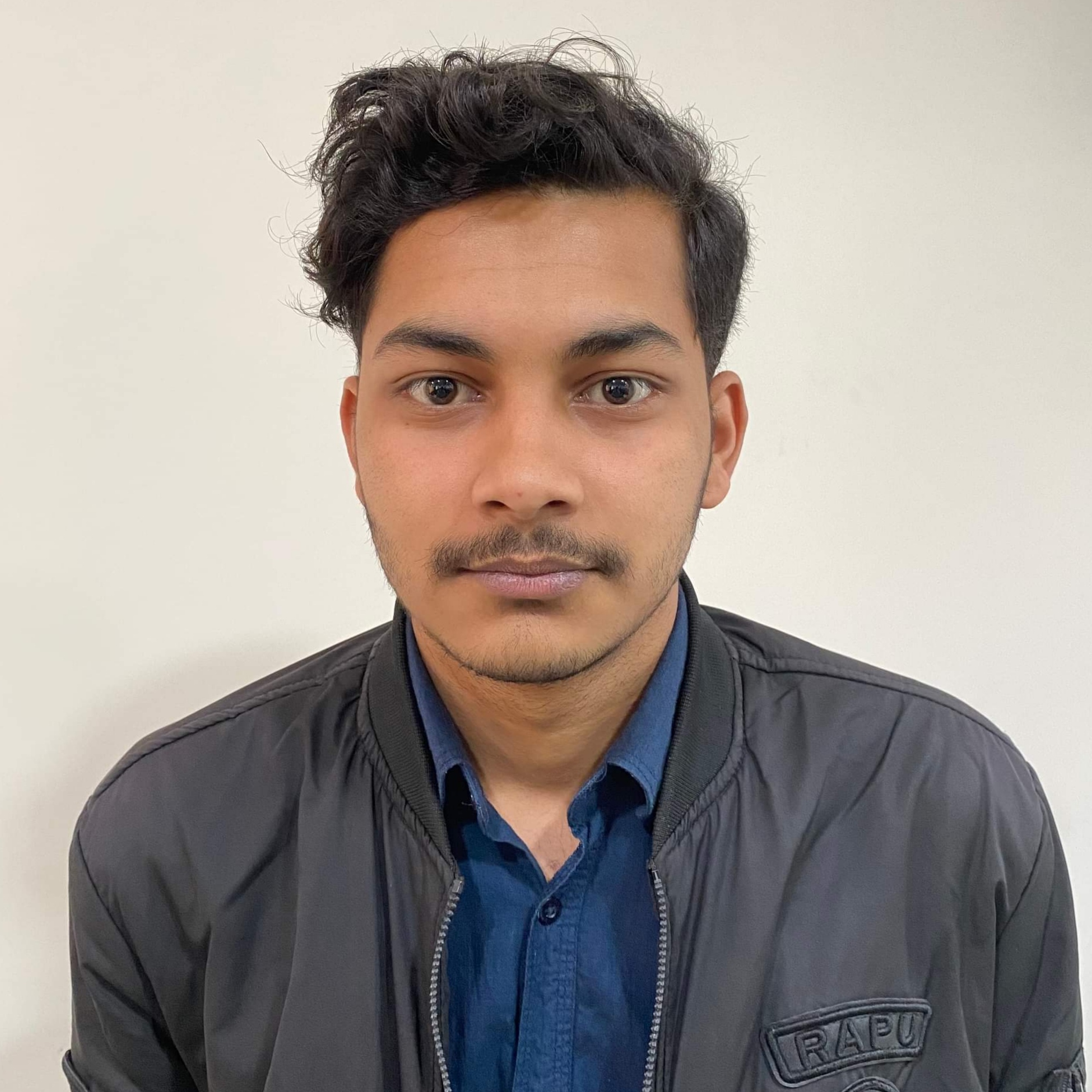
There is a generation gap between our leaders and young people. Times are changing fast and these leaders are not adapting. I want to see someone who is young and competent lead my municipality and my country. I am familiar with the politics of Nepal and I don’t see any candidate worthy of my vote. Where do I show my disapproval of candidates? Why are political parties afraid of the ‘none of the above’ (NOTA) ballot option? It is high time that old politicians gave up their posts so that young people can lead this country. I am looking for a leader who can inspire this country’s youths.
Prativa Regmi, 22
Jaljala Rural Municipality, Parbat

We are just days from casting our votes, but I haven’t been able to find a worthy candidate with a clear vision and agenda. The candidates in the fray don’t represent us. They are here to serve their political parties. I was looking for a candidate who could assure the public with sound health, education, transport, and employment ideas, but there is no one. So I have decided not to vote and save myself from being a reason for the failure of this country.
Sulochana Yadav, 22
Tirahut Rural Municipality, Saptari
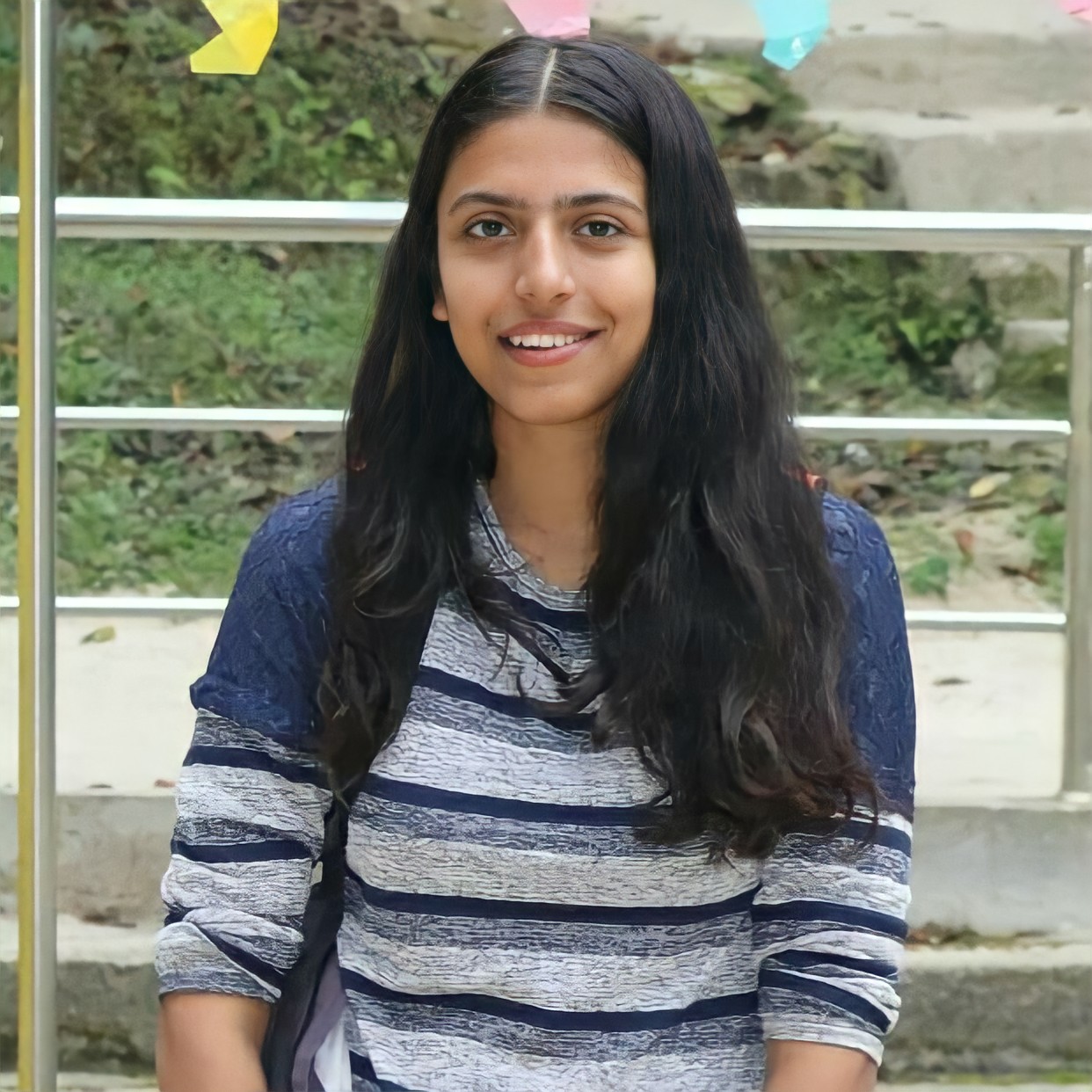
I am eager to vote on May 13. I now have the responsibility of choosing the right leaders for my municipality and my country. I am also curious about the candidates, especially the young ones. I have been discussing the works and backgrounds of candidates with my friends to figure out who the right representatives may be. We are all excited about voting for the first time. I think I will this time vote for candidates with good professional backgrounds.
Ila Sharma: Vote, or stop complaining
Why vote? This is the question many people are asking on the eve of the May 13 local election. Pratik Ghimire of ApEx put the same question—plus a few more—to Ila Sharma, former commissioner at the Election Commission.
Why is local election important?
It is important to decentralize the centralized power. Without local elections, there won’t be any local governments, which will deprive us of government services at our doorsteps. It is also crucial for local development because the respective villages know what model of development is necessary in their areas, not Kathmandu.
Why should people vote in local elections?
By voting we elect our representatives so that they can govern us. If we don't vote, there will be no grounds to complain against the incompetence of the ruling representatives. So to send progressive candidates, who you think can bring about meaningful reforms in your area, you must vote.
What is the historical trajectory of voter turnout in Nepal?
Studies suggest that the voter turnout of developing countries is better than that of developed countries. We have a similar case here. We have a good voter turnout. People in developing countries are mostly fed up with the political situation and incompetence of their leaders. This encourages them to vote and try alternative leadership.
What reforms do you advocate in our electoral system?
There are a lot of things. We can write a book on it. But the important ones are curbing electoral expenses, guaranteeing inclusiveness, and adopting an electronic voting system.
Our constitution says that there should be at least one female candidate for the post of mayor/chairperson or deputy mayor/vice-chairperson. But it also says, this provision only applies if a single party fields candidates for both the posts—and it does not apply to a coalition of parties. This has significantly undercut the participation of female and other marginalized communities.
Likewise, if electronic voting were introduced, no vote would be wasted.
Also, there are issues of incorporating ‘none of the above’ (NOTA) voting option on ballot papers and ensuring voting for Nepali immigrants.
How would you compare Nepal’s grassroots democracy, say, with the same in the rest of South Asia?
On paper, we offer a lot of promise. But in practice, there are many things that need to be improved. Yet, compared to other South Asian countries, we are doing well as our grassroots democracy is more powerful than that of India or Bangladesh.
Kathmandu a two-party race, a few dark horses in tow
Are the people of Kathmandu in a mood for change or will they continue to plump for candidates from established parties in the upcoming local elections? The capital city, the country’s most educated place, supposedly has the most discerning voters in the country, who will choose their mayors and deputy-mayors based on their personal qualities rather than their political affiliations.
Political experts are not so sure. For them, the contest in Kathmandu will continue to be determined by those voting along partisan lines. So even though Keshav Staphit, the CPN-UML candidate for mayor, is now implicated in multiple sexual harassment cases, he is still the frontrunner.
“I would have guaranteed Sthapit for mayor had he not been charged with #MeToo,” says political analyst Bishnu Dahal. Neck and neck with Staphit will be Srijana Singh of Nepali Congress. The wife of Prakash Man Singh, a powerful Congress leader, is predicted to brush off charges of nepotism.
But then independent candidates like Balen Shah (structural engineer, rapper) and Bibeksheel Sajha’s Samikchya Baskota (lawyer) could have something to say about that. Any way you look at it, Kathmandu’s mayoral race promises to be a riveting affair.
Full story here: Evaluating the main mayoral candidates of Kathmandu
Evaluating the main mayoral candidates of Kathmandu
With just days to go for the May 13 local elections, candidates have ramped up their campaigns in all 753 local units across the country. The race for the mayor of Kathmandu Metropolitan City is particularly charged. Kathmandu’s voters want a competent leader, someone who can tackle everything from waste management to traffic congestion to poor service delivery. So who is the right person to lead the metro? Here is your guide to the strengths and weaknesses of top contenders for the post.
Balen Shah
· Independent candidate
· Born on 27 April 1990 in Kathmandu
· Graduate in civil engineering, post-grad in structural engineering

Strength |
Weakness |
Is strongly backed by the youth |
Lacks experience in politics |
Has clear agendas and is an appealing speaker |
Accused of using insensitive words against LGBTIQA+ community as a rapper |
Technically savvy and has worked with various local units in post-earthquake reconstruction |
Has little appeal among middle-aged and elderly voters |
Can work long hours |
As an independent candidate, his election campaign pales in comparison to those of candidates from political parties, reducing his reach |
Comes from non-political background and can work without any political influence |
May not be able to collaborate and cooperate with political parties’ representatives |
Keshav Sthapit
· CPN-UML
· Born on 14 September 1959 in Kathmandu
· Under-Grad in Humanities
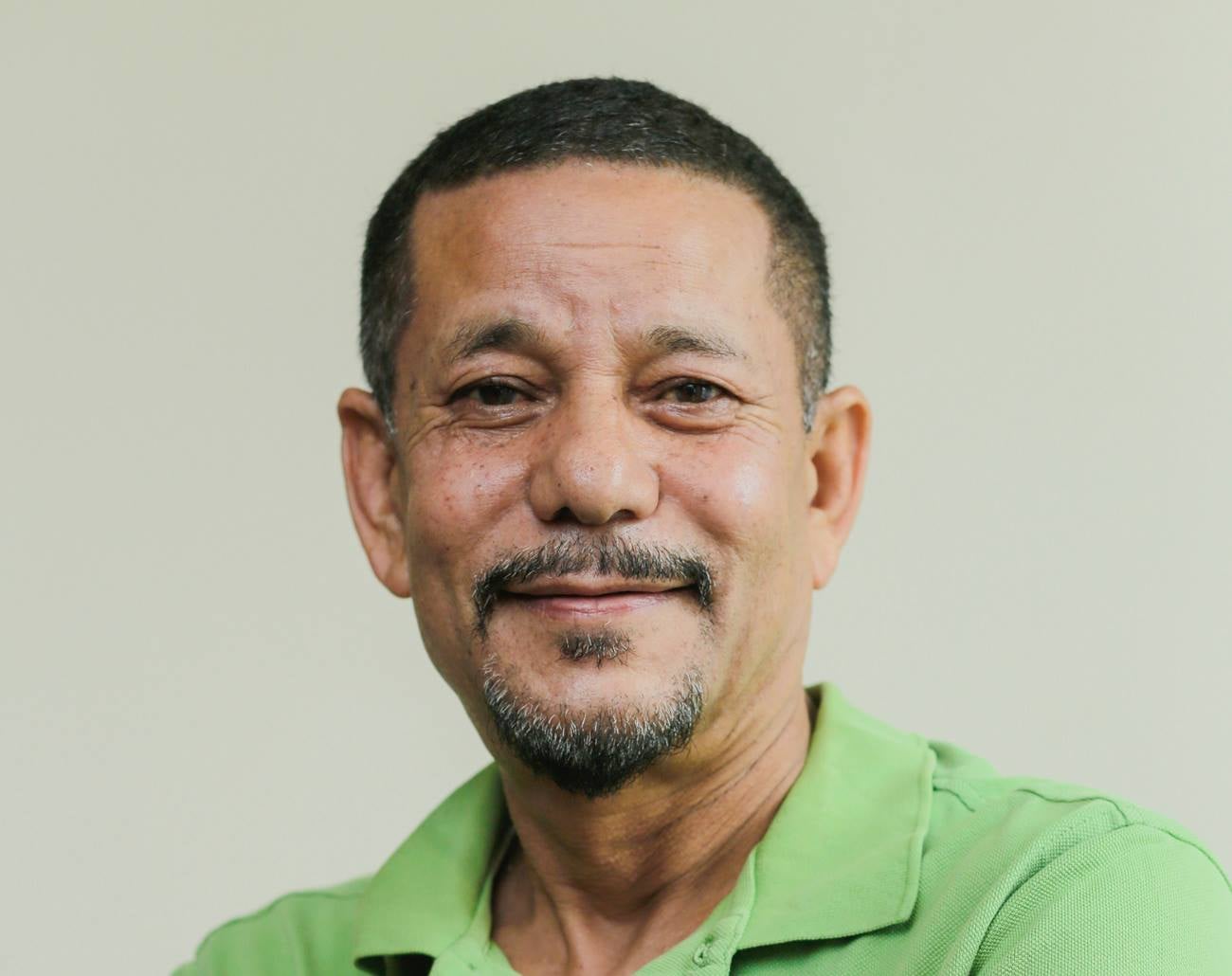
Strength |
Weakness |
Has experience of leading Kathmandu as its two-time mayor |
Implicated in two sexual harassment cases |
Established himself as a man of action in his previous mayoral stint in 1997 |
Is aggressive and uses disrespectful language at others |
A finalist in World Mayor 2004, a global mayoral evaluation |
Not a universally trusted figure in trusted UML as he has repeatedly been in and out of the party |
Is a master planner of post-1997 Kathmandu city |
Tried and tested, but not a trusted person. He was accused of lack of transparency during his first mayoral stint |
Has strong support of CPN-UML and its supporters, and Kathmandu has been a traditional UML bastion |
Bidhya Sundar Shakya, the outgoing mayor of Kathmandu, isn’t happy with Sthapit’s candidacy, which could cut Shakya panel’s votes |
Madan Das Shrestha
· Rastriya Prajatantra Party
· Born on 27 April 1948 in Kathmandu
· (Didn’t want to disclose his academic qualification)
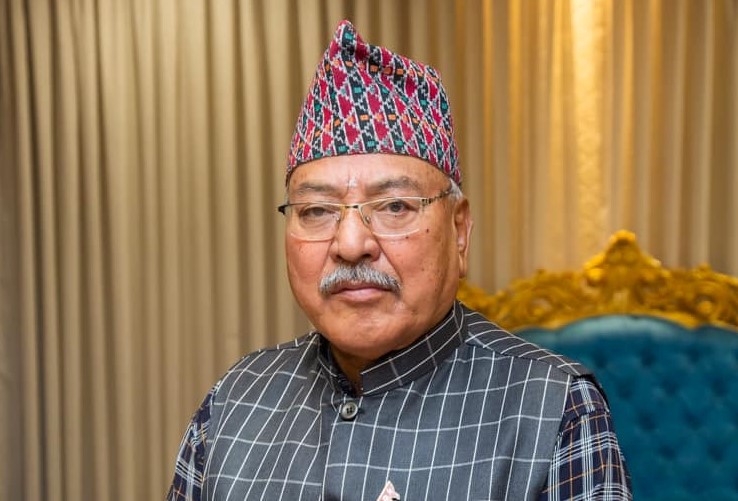
Strength |
Weakness |
Involved in social works |
Has no clear electoral agendas |
Spotless character |
Is not a fluent and appealing speaker |
Is a chairperson of an umbrella organization for 60+ aged people, National Senior Citizen Union |
Has no political experience |
Initiated road expansion and sewage management works in the Dillibazar area at his own expense |
A rather old candidate |
Is a veteran actor and well-known figure |
Has little appeal among young and middle-aged voters |
Srijana Singh
· Nepali Congress
· Born on 25 August 1962 in Gorkha
· Graduate in economics, post-grad in sociology

Strength |
Weakness |
In politics since a young age |
Many voters believe she was made a candidate because she is the wife of Nepali Congress leader Prakash Man Singh and the daughter-in-law of Ganesh Man Singh |
Comes from a family with a strong political background |
Is a less-known political figure, even among Nepali Congress voters |
Was a youth leader during the 1990 civil movement |
Was inactive in mainstream politics for decades |
Has support of young Congress cadres |
Has seldom appeared in mayoral debates and public interactions |
Is a former chairperson of Nepal Women Union, the women wing of congress and a women rights activist. Could appeal to women |
Not an appealing speaker |
Samikchya Baskota
· Bibeksheel Sajha Party
· Born on 8 Feb 1984 in Panchthar
· Graduate in constitutional law (LLB), post-grad in US legal studies (LLM)
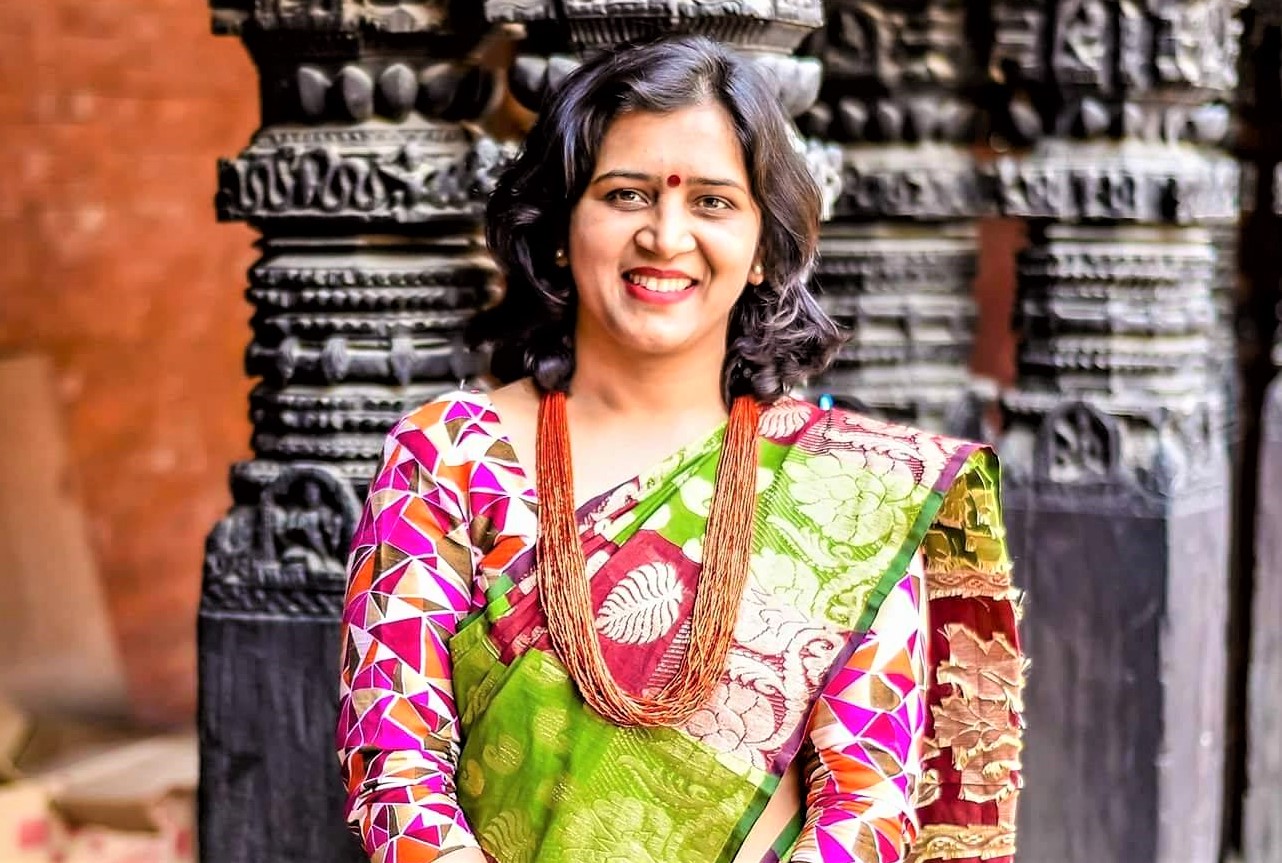
Strength |
Weakness |
Legally sound and filled with ideas on how local units can better perform |
Lost provincial assembly election from Kathmandu-1 (A) |
Stood against family politics (her father was a home state minister from Nepali Congress) |
Barely seen in public after losing the provincial assembly elections |
Is an entrepreneur and has management experience |
Accused of getting the mayoral ticket as the party president’s favorite |
Is a women rights activist |
Removed as Bagmati province coordinator of the party for alleged incompetence |
Has clear agendas and is an appealing speaker |
Poor at campaigning |
‘The race is between Sthapit and Singh’
Bishnu Dahl, Political analyst

Kathmandu Metropolitan City, being the most educated metropolis, bucks the national electoral trend. Residents of Kathmandu study each mayoral candidate closely before casting their ballots. The positive and negative sides of individual candidates hence make a difference, irrespective of their party affiliations.
If you closely follow voter demography, there are now as many indigenous voters as immigrant ones. This is not a good position to be for Keshav Sthapit or Srijana Singh. Yet the other candidates like Balen Shah, Samikshya Baskota, and Madan Das Shrestha won’t be a threat to them. They have not been able to convincingly present themselves. Social media has backed Shah, but what matters is the 300,000-strong vote-bank of Kathmandu.
I would have guaranteed Sthapit for mayor had he not been charged with #MeToo. Also, the recent incident at the National College which brought him under the radar of the Election Commission could hamper his chances. But along with Singh, he is still a major contender. This race is essentially between Singh and Sthapit.
Balen Shah: I will implement only tried and tested plans
Balen Shah, an independent mayoral candidate for Kathmandu Metropolitan City, is a rapper and structural engineer. While Shah is certainly popular among young Nepalis, it remains to be seen how he fares in the May 13 vote. Kathmandu has almost 300,000 voters and Shah’s main competition is said to be against Srijana Singh of Nepali Congress and Keshav Sthapit of CPN-UML. Samikshya Baskota of the Bibeksheel Sajha Party, Madan Das Shrestha of the Rastriya Prajatantra Party, and two other independent candidates—Sushil Thapa and Sunil Sayami—are also in the fray. With the mayoral race in Kathmandu heating up, Pratik Ghimire of ApEx talked to Shah.
What inspired you to contest local elections?
As an engineer, I have worked with many municipalities on various projects. This gave me a chance to analyze local bodies’ budget structures and works. Almost 70 percent of a local government’s budget is engineering-related, but that isn’t utilized fully due to lack of knowledge, vision, and incompetence. I realized I could better utilize the budget than most other candidates in question. This is why I registered my candidacy.
Explain your key agendas for a better Kathmandu.
We will focus on the basics that a metropolitan city must have. They are, primarily, health (physical and mental), education, and solid waste management. We will also work on drinking water, heritage, transport, tourism, open spaces and greenery, insurance, security, etc.
We have planned an ‘idea bank’ where the public can bring entrepreneurial ideas and our government will help them financially. Similarly, our local products will get 10-20 percent space in marts and shopping malls.
For drinking water, we will rely on the traditional-scientific way of water harvesting. For waste management, a dedicated team will be set up to oversee waste segregation. Nearly 70 percent of the solid waste Kathmandu generates is organic, which could easily be turned into organic fertilizers. We have clearly mentioned all these plans (as well as the underlying processes) in our manifesto.
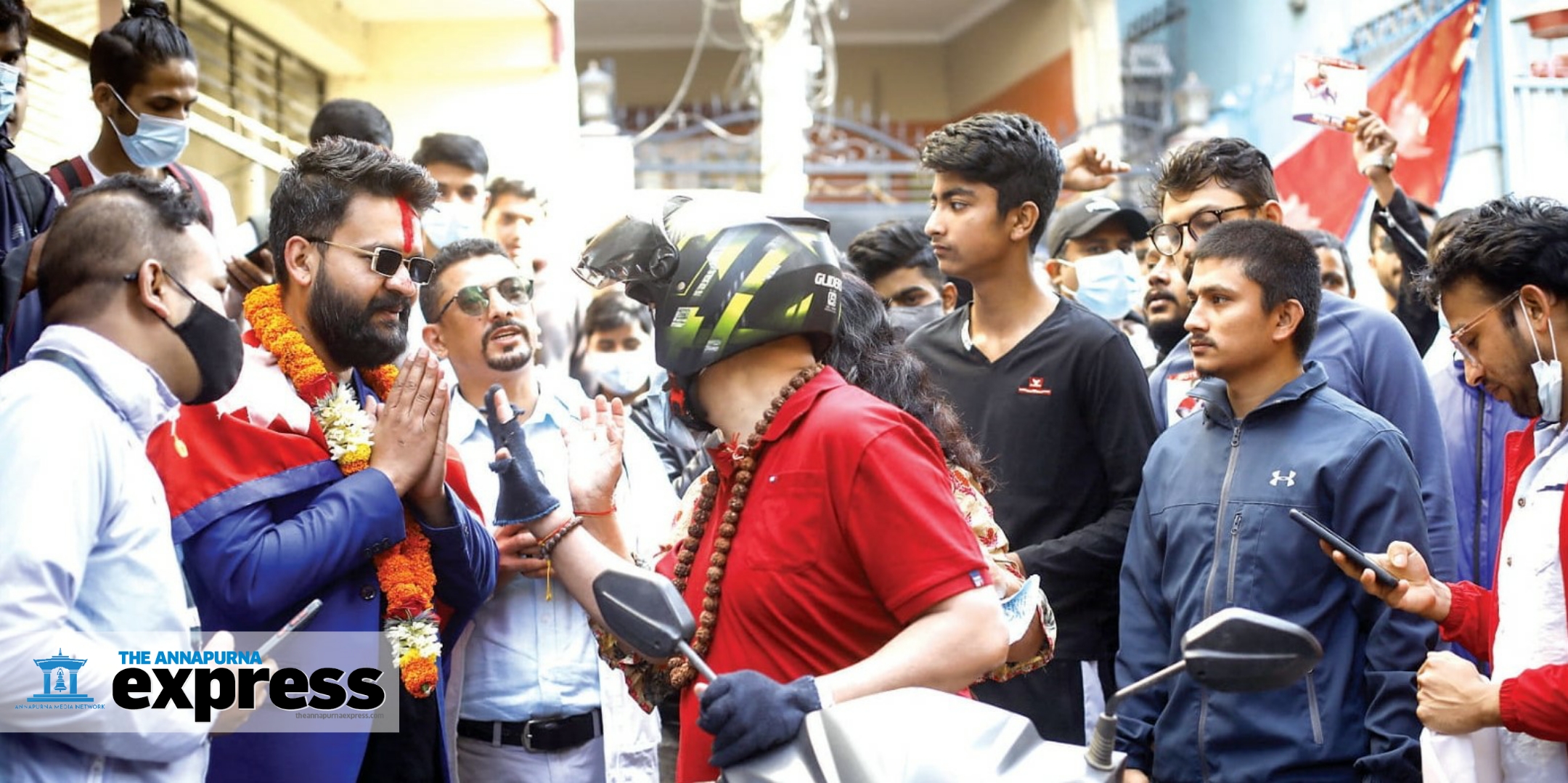 Photo: Saroj Baizu
Photo: Saroj Baizu
Do you have any plans on registering a political party?
No. While I do believe in a multi-party system, I also believe that local bodies don’t need political parties. Elected representatives should be busy working for people’s welfare. So a social reformer with a proper vision and action plan should lead at the local level. The third tier of the federal government should be free of political parties.
How do you view your rivals in this race?
We all know they have no proper agenda, as has been proven by recent mayoral debates and public interactions. They talk about beautiful Kathmandu, but they are yet to explain what they mean by ‘beautiful?
I, on the other hand, have analyzed real data, shortlisted problems, researched applicable solutions, and prepared a blueprint for everything. We are talking about the processes that will give us results.
If you win, what changes can we expect in Kathmandu after five years?
The basic but notable things. When you step out of your house, you have to face dozens of hassles such as unsafe roads, traffic jams, and pollution. These things contribute to your mental fatigue. Similarly, community schools will prioritize children’s skill development and offices will adopt digital technology for swift, efficient services. If I win, you will see a hassle-free Kathmandu Metropolitan City. I will implement tried and tested plans for this city.
Video interview (Engineers Vlogs with Balen Shah) here.
The May 13 vote at a glance
Preparations are in full swing for the May 13 local-level elections. Political parties and candidates are out barnstorming while the Election Commission is doing its part to conduct a free and fair vote.
For political parties, particularly those in the Nepali Congress-led ruling coalition, these past few weeks have been hectic. For days, the ruling parties were busy divvying up seats as they had decided to forge an electoral alliance against CPN-UML, the main opposition.
The ruling Congress, CPN (Maoist Center), CPN (Unified Socialist), and Janta Samajwadi Party have nominated common candidates in most local bodies and are competing individually only in a few places.
Similarly, UML, too, has cobbled alliances with small opposition parties like Loktantrik Samajwadi Party and Rastriya Prajatantra Party in many places. The main opposition, however, has called dibs on mayoral seats in almost every metropolis, sub-metropolis and municipality.
The electoral alliances have also led to resentment and dissatisfaction in some parties.
As a result, many local politicians have registered themselves as rebel candidates after being denied tickets from their parties. For instance, Jagannath Paudel of Congress has filed his candidacy against Renu Dahal of Maoist Center in Bharatpur Metropolitan City. Likewise, in Pokhara Metropolitan City, Nanda Tiwari and Hrishi Sapkota of Congress have stood against the Unified Socialist candidate, Dhanraj Acharya.
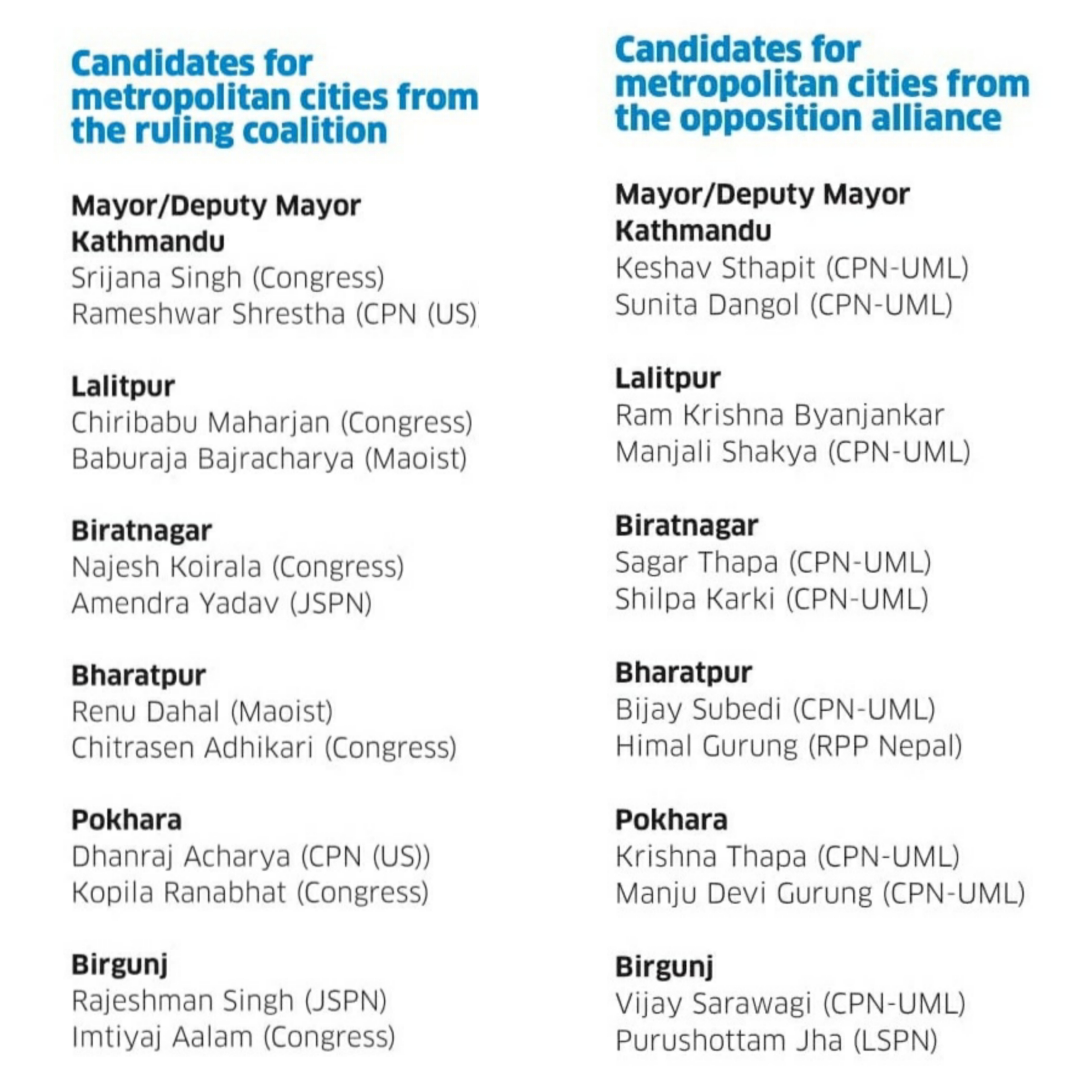
There are also several independent youth candidates this time. Rapper and structural engineer Balen Shah is running for the mayor of Kathmandu Metropolitan City. Similarly, Ganess Paudel has filed an independent candidacy for Pokhara Metropolitan City’s mayor. Young and independent candidates are also contesting at the municipal level.
Among the mayoral aspirants this time are also some provincial lawmakers. They have resigned as assembly members to contest the May 13 elections.
According to Saligram Sharma Paudel, spokesperson of the Election Commission, 137,043 people have filed their candidacies for 35,221 posts this time.
Of them, 3,276 are for mayor, 2,009 for deputy mayor, 3,264 for chairperson, 2,296 for vice-chairperson, and 32,217 for ward chairperson. Similarly, 23,521 candidacies have been filed for women members, 21,221 for Dalit women members, and 49,239 for ward members.
Kaike, Charkatangsong, and Shey Phoksundo rural municipalities of Dolpa district have already elected their chairs and vice-chairs unopposed after only Unified Socialist filed its candidacy.
There are over 10,000 polling stations all over Nepal. The Home Ministry has categorized around 3,000 of them as ‘very sensitive’ and 4,000 as ‘sensitive’ and is preparing to mobilize security personnel accordingly.
Nearly 100,000 temporary police have been hired to assist the 60,000-strong Nepal Police for election security. The Armed Police Force will also be deployed on patrol, and to secure election offices. Similarly, Nepal Army soldiers will also be involved in various poll security duties, including securing airports and prisons.
Around 2,000 officers of the National Investigation Department will be mobilized to collect vital security information and coordinate with the police forces.
‘Preparations are on track’
Dinesh Kumar Thapaliya
Chief Election Commissioner
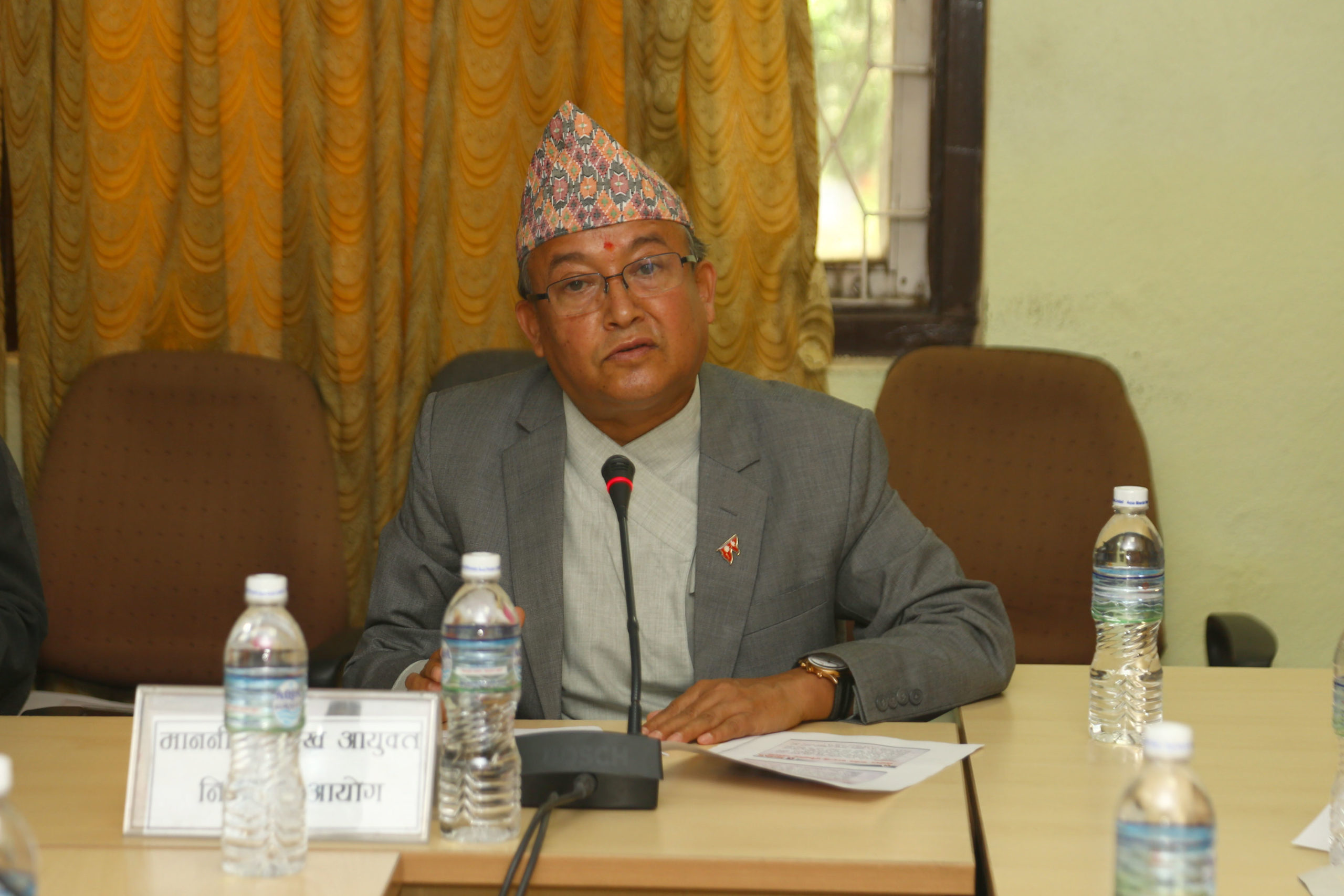
The commission is responsible for meeting almost every logistical election need. So we need to get many things right to conduct free and fair elections. Due to the many posts at the local level, managing ballot papers is a little tricky. Yet, we are on schedule and everything is on track.
We are in the process of finalizing candidates and giving them election symbols.
Ballot papers are also being printed, and other necessary materials are being sent to respective election offices. We are playing our part and I request other stakeholders to do the same, especially the political parties, whom I request to adhere to the election code of conduct.
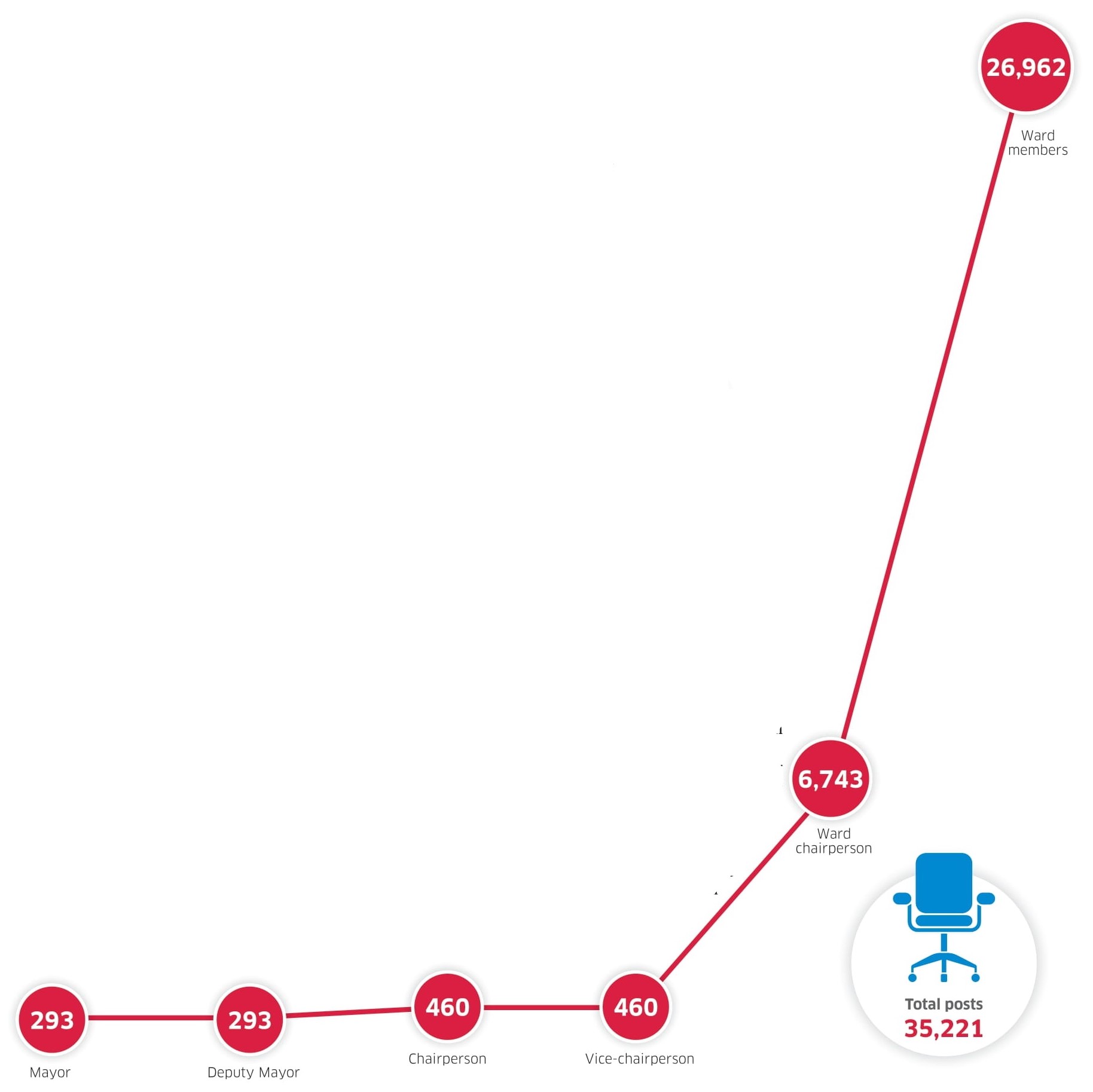
137,000 in the fray. Battle between old and new
Over 17m potential voters. A touch above 137,000 candidates. More than 35,000 positions up for grabs. The May 17 local elections will be a gargantuan undertaking any way you look at it.
The ruling alliance of Nepali Congress, CPN (Maoist Center), CPN (Unified Socialist), and Janta Samajwadi Party have nominated common candidates in most local bodies.
The main opposition, CPN-UML, has also stitched alliances with small parties like Loktantrik Samajwadi Party and Rastriya Prajatantra Party in some places, even though it is contesting major mayoral and municipal seats on its own.
There are also many promising independent youth candidates this time. Rapper and structural engineer Balen Shah, for instance, is running for mayor of Kathmandu. Ganesh Paudel, another independent, has filed candidacy for mayor of Pokhara. “Such youth candidates give local elections a breath of fresh air,” says civil society leader Shyam Shrestha.
Some provincial lawmakers are also in the mayor and chairperson race. Provincial lawmakers resigning to contest posts at the rural municipality level shows “how important the third tier of federalism has become,” says Shrestha. This, again, is “something to be celebrated”.
But Shrestha is troubled by the ‘coalition culture’. So is Krishna Pokharal, a political scientist. “Even though there are plenty of independent candidates in the fray this time, electoral alliances have greatly reduced the options for the voting public,” he argues.
Yet Pokharel still expects many new faces to emerge from the May 13 polls. In the previous local-level by-elections in 2019, people had thrown out many incumbents. “If they could so harshly evaluate their representatives in such a short time, I am expecting an even closer scrutiny this time.”
One thing is for sure: we are in for plenty of nail-biters.
Also read: The May 13 vote at a glance














